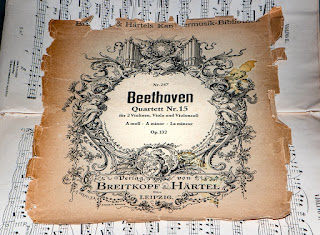"The Enchanting Tale of The Phantom of the Opera: Mystery, Music, and Love"

Introduction "The Phantom of the Opera," a timeless and captivating tale, has captured the hearts of audiences worldwide since its creation. Penned by Gaston Leroux, this Gothic romance first appeared as a serialized novel in 1909. Its enduring popularity paved the way for numerous adaptations, including Andrew Lloyd Webber's acclaimed musical, which premiered in 1986. This blog delves into the enchanting world of "The Phantom of the Opera," exploring its intriguing storyline, iconic characters, and the mesmerizing power of music. The Setting: Paris Opera House Set in the grandiose Paris Opera House during the late 19th century, the story unfolds against a backdrop of grandeur and opulence. Within this majestic theater hides a mysterious figure known as the Phantom, a disfigured musical genius who lurks in the shadows. Beneath the opera house lies an intricate labyrinth of secret passages and chambers, adding to the air of intrigue and mystery. The Phantom: A T...











